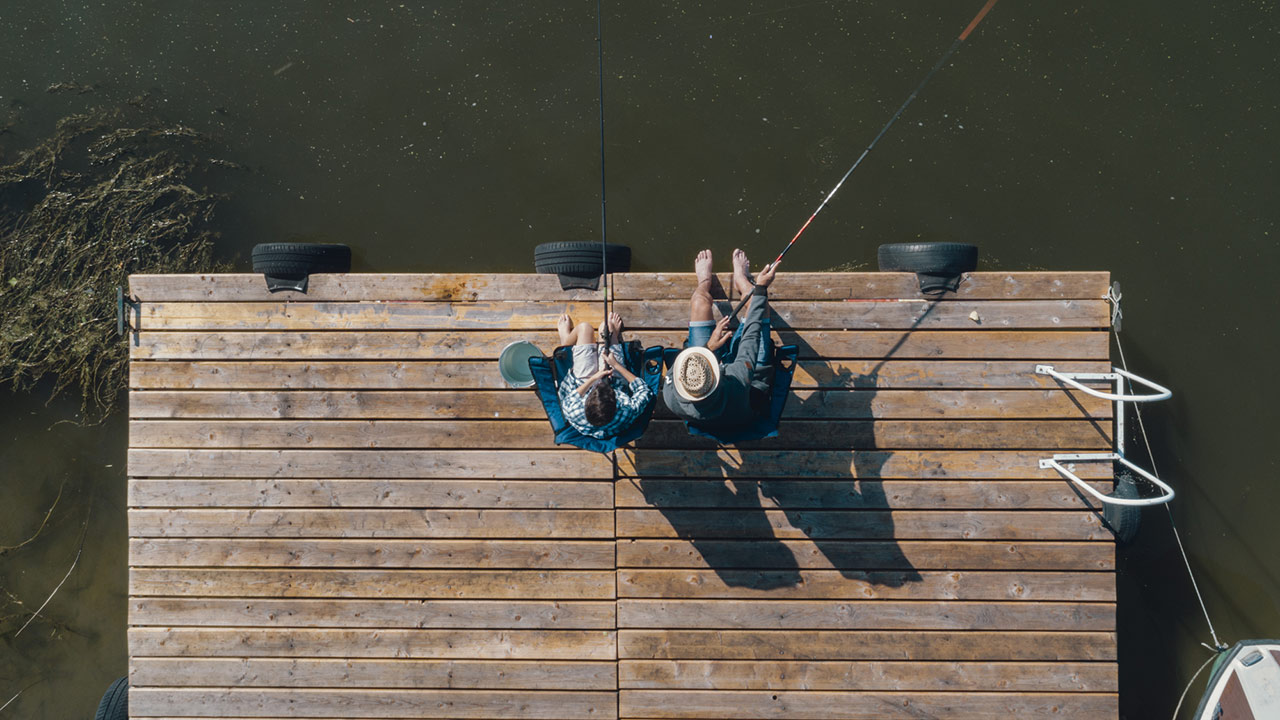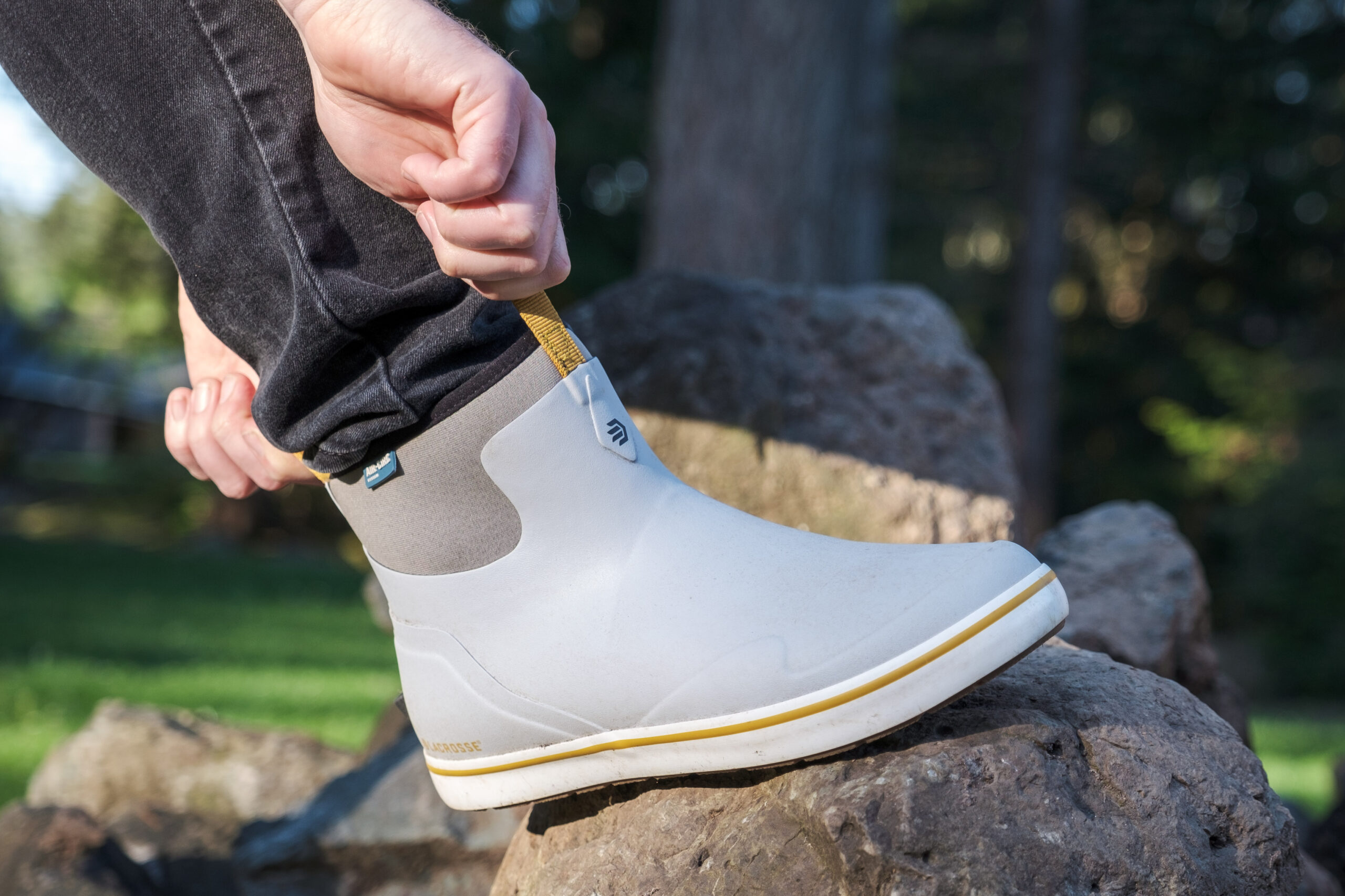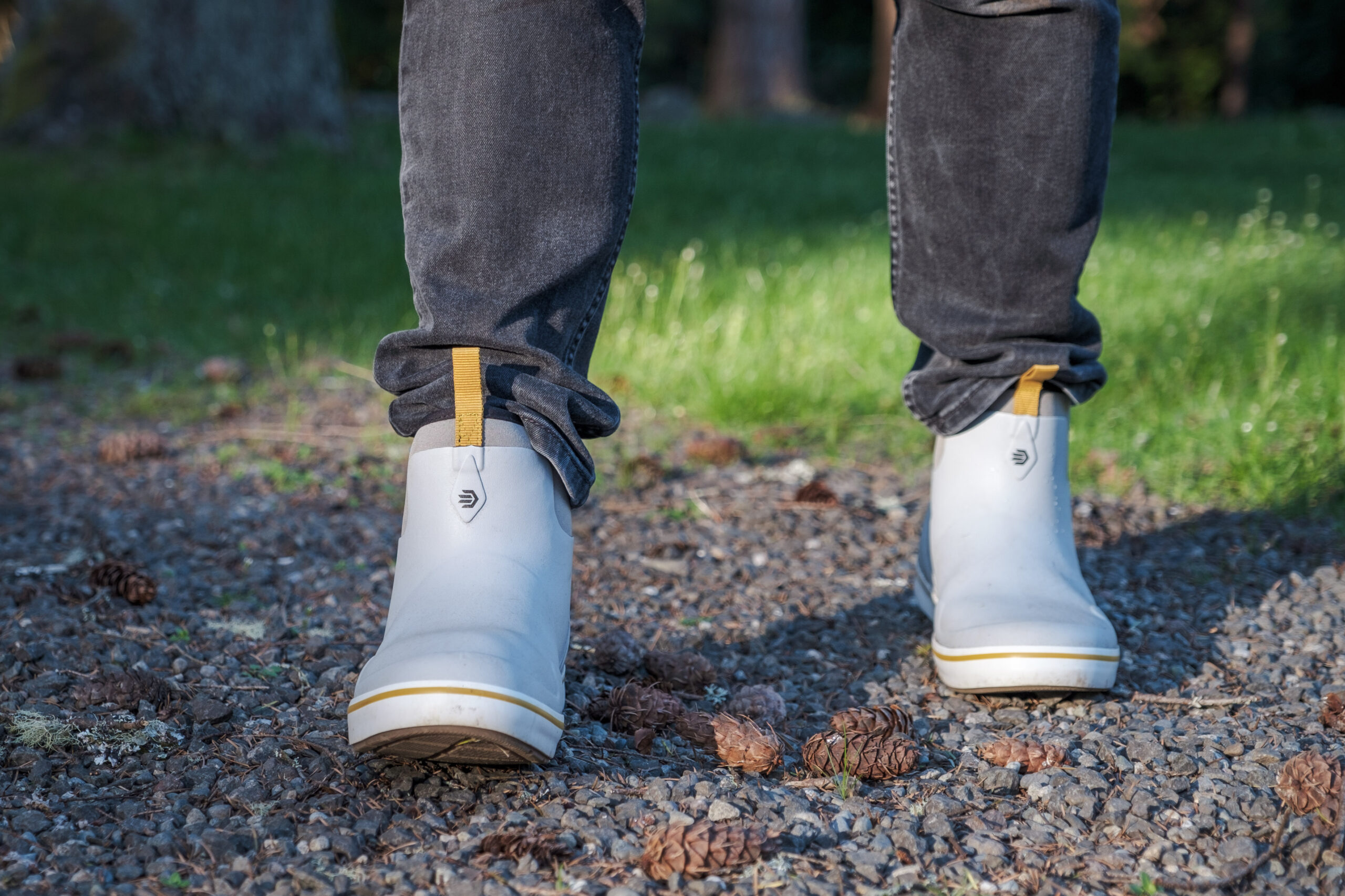If you’ve ever been near a harbor or coastal area, you’ve probably noticed large, sturdy structures extending into the water—these are known as breakwaters. But what is the purpose of a breakwater? You might also be wondering how these structures help protect shorelines and why they’re so important for coastal ecosystems. Let’s dive into the answers!
What is a Breakwater?
At its core, a breakwater is a man-made structure built along shorelines or harbors, designed to protect against the force of waves and strong currents. These structures act as a shield, absorbing or deflecting the energy of incoming waves to create calmer waters closer to the shore or within harbors. Breakwaters are commonly found in areas where shipping vessels need to dock or where beach erosion is a concern. Depending on the location, breakwaters can be constructed from a variety of materials, including concrete, rocks, or steel.
Where Can You Find Breakwaters?
Breakwaters are commonly located at the entrance to harbors, ports, marinas, and coastal resorts. You’ll typically spot them at the mouth of rivers, along bay entrances, or near popular tourist beaches. These structures are built in areas where large, powerful waves and strong tidal currents pose a risk to both human activity and the coastline. Some breakwaters can extend hundreds of meters out into the sea, forming a barrier between the shore and the open ocean.
What is a Breakwater Used For?
The primary purpose of a breakwater is to protect coastal areas from the damaging effects of waves and currents. By reducing the intensity of incoming waves, breakwaters help prevent erosion of beaches, protect waterfront properties, and keep harbors and marinas safe for ships and boats. Additionally, breakwaters often create calm water areas, making them ideal spots for recreational activities like fishing, boating, and swimming.
Breakwater vs Jetty: What’s the Difference?
Many people confuse breakwaters with jetties, but the two structures serve different purposes. While both are used to control water movement, their designs and functions differ:
- Breakwater: Primarily designed to protect the coastline from the force of waves and create calm waters for boats. Breakwaters are built farther out into the water and are meant to dissipate wave energy.
- Jetty: Jetties are usually constructed at the entrance of harbors or rivers to control currents and tides, preventing erosion and helping to keep water channels open. They extend out from the shore and are often used to help guide vessels into harbors.
In essence, while both breakwaters and jetties help manage water flow, a breakwater is mainly for wave protection and creating sheltered waters, while a jetty’s focus is on controlling tides and current flow.
Why Breakwaters Are Good Fishing Spots
Breakwaters are not only crucial for protecting shorelines, but they also make excellent fishing locations. The calm waters they create can attract fish, making these structures a prime spot for anglers. Fish are often drawn to the shelter and food sources around breakwaters, including smaller fish that gather near the rocks or other materials making up the breakwater. If you’re an angler looking for a good fishing spot, consider heading to a breakwater where the combination of calm waters and an abundance of marine life makes for an ideal fishing experience.
Conclusion
So now you know the answer to “What is the purpose of a breakwater?” These vital structures serve to protect our coastlines and harbors, providing safe, calm areas for both human activity and marine life. Whether you’re enjoying a relaxing day at the beach or trying your hand at fishing, breakwaters are essential for maintaining coastal balance. So the next time you spot one along the shore, you’ll understand just how important it is to both the environment and the people who rely on it.











